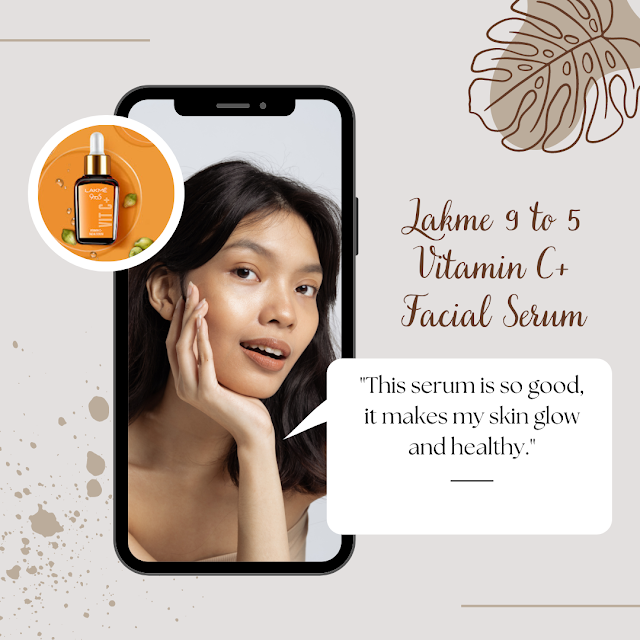Microblading: A New Form of Eyebrow Design
 |
| Microblading Eyebrow: Before & After |
Microblading Eyebrow: A New Way Of Creating A Natural And Realistic Brow
Over the past few years, there has been a growing trend toward giving our arches an artificial lift (microblading eyebrow) that lasts significantly longer than the typical pencil. The microblade brows are about to appear.
Applying microscopic, semi-permanent tattoos to the brow region to simulate the appearance of hairs is known as microblading. As a result, you don't need to fill in your brows every day to achieve the fashionable full brow style. They have a perfect shape and feel bigger.
The popularity of microblading eyebrow and other brow operations like brow tinting and brow lamination has increased as people return to the overplucked brows of the 1990s.The craze of semi-permeant eyebrow treatments doesn't appear to be dying down, despite our sneaking sense that it will return.
Although the procedure's immediate cosmetic advantages are widely recognized, the long-term effects and potential risks of microblading eyebrow aren't commonly mentioned, or at least not as frequently.
These may include allergies, infections, and crooked eyebrows that are difficult, if not impossible, to correct in a single day.
Before making an appointment for your first visit, it's crucial to understand what the finished product will look like because microblading is a cosmetic tattoo that takes hours to create and more than a month to heal.
- Microblading is a form of brow architecture. It ultimately comes down to giving every face its most beautiful shape.
- The treatment is highly exact because of the equipment utilized, which is functionally like a pen with the nib being a slanted blade with 10–12 acupuncture needles at the end.
- Needles that don't enter the skin but rather gently scrape the exterior, much like a paper cut.
- The tool can precisely insert ultralight strokes with a medical-grade pigment on the skin's epidermal layer, Generating fine, realistic, and natural hair strokes.
What distinguishes eyebrow Microblading from eyebrow tattooing?
- In contrast to tattooing, microblading is more prominent on the top layer of the skin.
- It is similarly temporary, and the color wears out after 18 months.
- Since a manual needle or blade is used instead of an electrical device, the hair strokes are much more natural and delicate than any tattoo.
- Therefore, compared to the buzzing of a tattoo gun penetrating the skin deeply, there is more of a scraping sensation.
What truly transpires during brow Microblading?
- Thread the hairs, cleanse, and prep the brow area.
- Numbing using a topical ointment: takes half an hour.
- Utilize the tools to begin: keeping an eye on the area between the brows considering the shape, proportion, and features.
- Start the needling technique by implanting the pigment with gentle, light strokes. Each stroke creates a thin line in the skin along which the color pigment permeates and settles. If there is still any soreness, then quickly apply a second layer of numbing cream to the area, which will start working in five minutes.
- Add the last pigmentation layer that lasts 5 minutes, cleanse the area, and bingo, gorgeous eyebrows!"
Concerns to think about after getting Microblade Eyebrows
- Utilize fresh pillowcases.
- Don't pick!
- For four weeks, avoid facials, Botox, and peeling.
- Don't work out for one week.
- Prevent direct sunlight for one week.
- Don't go swimming for ten days.
- Avoid applying cosmetics or beauty products to your eyebrows until they have had time to heal.
- Remember that the finalization of the brows won't occur until the second session.
When and why is an upper Microblading session performed?
- A little over six to eight weeks later is the upper session.
- The original strokes can now review, any extra strokes added, and, if desired, a bolder pigment added.
What is the lifespan of Microblading?
- The lifetime of the pigmentation can vary depending on your skin texture, but microblading can last anywhere from twelve to eighteen months.
- Those with average skin can last up to 18 months, while those with somewhat oily skin tend to endure around the 12-month mark before having a top-up.
- If you don't keep getting touch-ups every eighteen months, your brows will eventually diminish.
- You wouldn't notice if you let them fade away because the colors used to leave no scars or discoloration.
Following getting Microblading, would you still have to pluck the eyebrows?
- After obtaining microblading, you will still need to pluck your eyebrows if you prefer a tidy, maintained appearance.
- One will still need to tweeze, wax, or thread the eyebrows if you like to fill in stray hairs or shape them. The eyebrow hairs will continue growing as usual.
Finding a Professional
- Ask a dermatologist who has received a professional license initially.
- They don't perform microblading and could give you some advice.
- Permanent makeup artists ought to be skilled to a certain extent.
- However, laws differ from one location to another. According to some nations, a tattoo. Others don't.
- Therefore, your specialist may not be obligated to adhere to strict health rules.
- Finding a good technician can be challenging to determine. Examine before-and-after pictures and evaluations. Before doing any job, check to see how clean the workspace is.
Ask the professional these inquiries before you have microblading:
- Do you provide each client with brand-new needles and sterilized supplies?
- How much time have you spent practicing microblading?
- How many hours have you spent coaching?
- How did you receive your training?
When to Visit a Physician
If any of the following apply:
- You're feverish.
- You've got a cut.
- You're hurting a lot.
- The region is heated, smells unpleasant, or is seeping.
- The area continues to turn redder.
These can be a symptom of intolerance or infections.
Who Should Not Receive It?
If you are expecting or nursing, you shouldn't get microblading.
Your rate of contamination or other issues could increase. Additionally, if you get sick, your baby may also suffer. Additionally, stay away from microblading if
- You've used isotretinoin within the previous six months.
- You use prescribed medication because of the compromised immune system.
- Your eyebrows are damaged or infected with pimples.
- The tumor you have treated.
- You've got a sunburn.
Those who recently received:
- Waxing the brows.
- Chemical exfoliation.
- Laser therapy.
- Botox.
Ultimate Idea
- Microblading could be the savior if you want to stop filling in your eyebrows or if you want to see what complete makeup looks like for the first time in your entire life.
- However, it will cost you some money, at least seven days of missing the workout, a morning without coffee, and possibly a week of chapped skin.
- But if you're a serious contender and you have the money, you might want to give it a shot merely to save money on eyebrow liners in the future.
📚Also, Read: How to Do Your Eyebrow: A Step-by-Step Lection




















.png)


1 comments
Thankyou for sharing such as nice artile keep it sharing it really helpful.
ReplyDeleteWe are also providing permanent makeup training and classes kindly check our website for more information.
Semi permanent makeup lessons